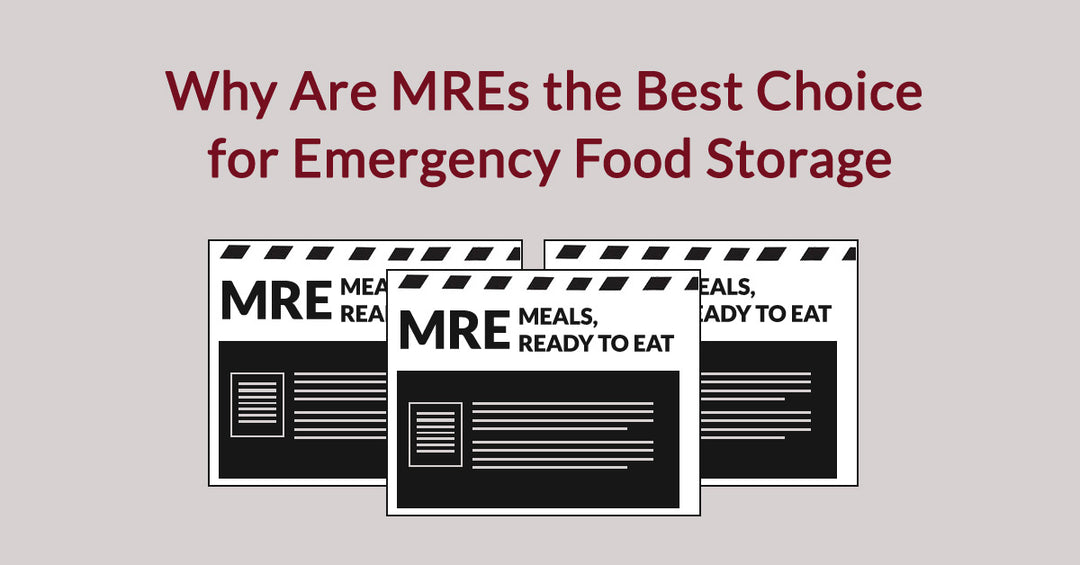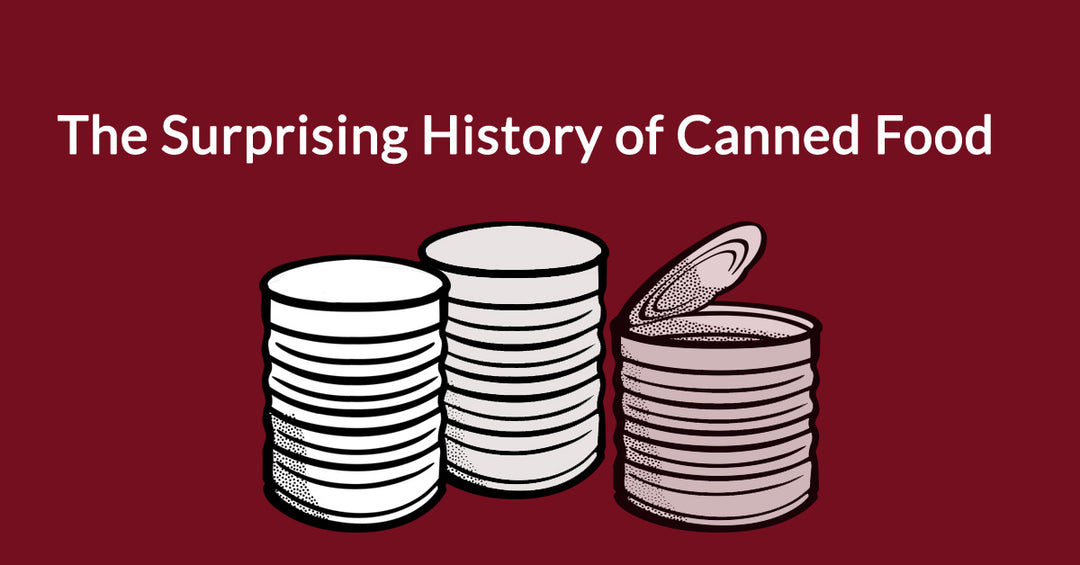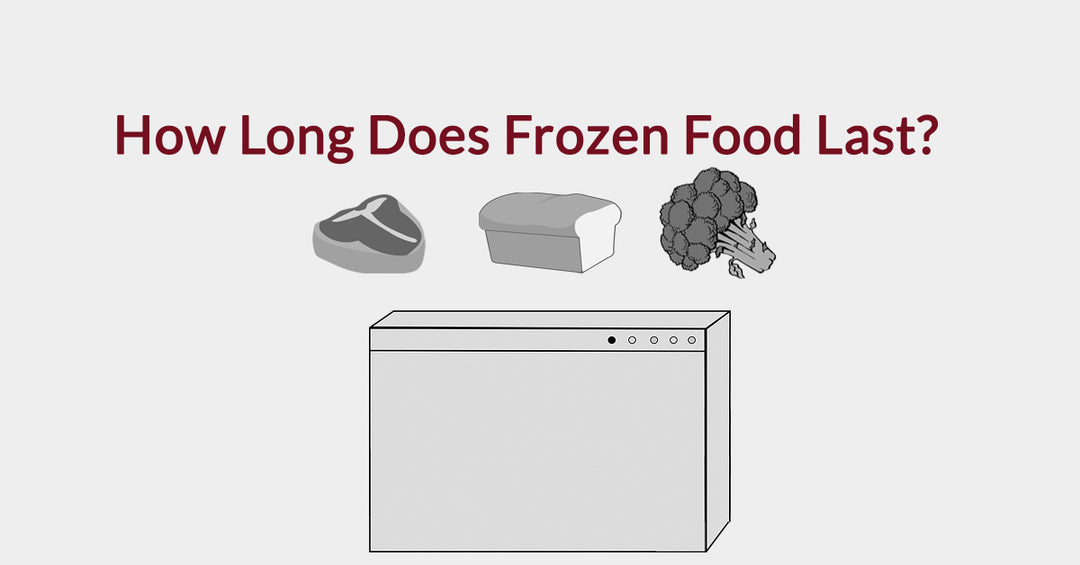US Food Supply Disaster Series: California Wildfires (November 2018, Statewide)

November 2018 marked a harrowing period for California as multiple devastating wildfires, most notably the Camp Fire, tore across the state. These infernos, driven by dry conditions and strong winds, not only decimated communities but also laid bare significant vulnerabilities within the state's food supply and emergency response systems. For those tracking disaster relief, food access challenges, or community resilience, the lessons from the 2018 California wildfires remain profoundly relevant.
When Flames Consume: The Immediate Food Crisis
The sheer scale and speed of the 2018 wildfires created immediate and overwhelming food-related challenges. In areas like Paradise, which was virtually incinerated by the Camp Fire, the burned-out infrastructure left entire towns completely cut off from any local access to food. Grocery stores, convenience shops, and restaurants were destroyed, leaving residents with no immediate options for purchasing or preparing meals. This wasn't just about lost homes; it was about the obliteration of the entire local food ecosystem.
As tens of thousands of residents were forced to evacuate, they flooded surrounding towns and cities, stretching already existing food supplies thin. Evacuation centers and temporary shelters quickly became overwhelmed with the immense demand for meals, placing immense strain on their operational capacity. This rapid influx of displaced individuals, many without vehicles or stable housing options, exacerbated the challenge of ensuring everyone had access to nutritious food. Media reports from the time showed images of long lines at distribution points and the monumental task faced by volunteers.
Adding a complex layer to the crisis was the pervasive poor air quality. Thick smoke and ash blanketed vast areas, making outdoor food distribution hazardous for both volunteers and evacuees. Distributing food in open air risked contamination and posed serious health risks, particularly for vulnerable populations with respiratory issues. This forced responders to seek indoor alternatives or equip distribution sites with air filtration, complicating logistics and slowing down aid delivery. Research from the Harvard T.H. Chan School of Public Health has highlighted the dangers of wildfire smoke, noting that fine particulate matter can cause a myriad of negative health effects.
Who Suffered Most from Food Insecurity?
The impact of the wildfires disproportionately affected those already facing vulnerabilities. The tens of thousands displaced from their homes found themselves in a precarious position regarding food security. This was especially true for individuals without personal vehicles, who couldn't easily travel to areas with intact food supplies, or those without stable housing options, making long-term food storage impossible. Many relied heavily on the strained resources of emergency shelters and food banks.
Low-income households and seniors, often with limited financial reserves or physical mobility, faced amplified hardship. The loss of homes meant the loss of kitchens and cooking facilities, pushing reliance onto prepared meals or shelf-stable options. The challenges of navigating chaotic evacuation routes and crowded assistance points added further stress to these already vulnerable populations.
Outcomes and Lessons Learned: Enhancing Future Disaster Response
The 2018 California wildfires, particularly the Camp Fire, served as a stark, fiery reminder of the evolving nature of natural disasters and the need for adaptable food response strategies.
One of the most critical lessons reinforced was the imperative for emergency food mobility. The destruction of local infrastructure highlighted that traditional fixed food distribution points might not be viable during such widespread events. This led to a stronger emphasis on mobile food units, pop-up pantries, and flexible distribution strategies that could quickly pivot to different locations as conditions changed or new needs arose. The California Health and Human Services Agency, for instance, worked to provide emergency food boxes and hot meal waivers for CalFresh recipients during these crises, showcasing adaptive measures.
Furthermore, the scale of the displacement and the rapid onset of the fires emphasized the need for pre-positioned supplies. Having essential food, water, and non-food items stored in strategic, wildfire-resilient locations across the state became a clearer priority. This reduces reliance on immediate, post-disaster deliveries, which can be hampered by damaged infrastructure and hazardous conditions. Organizations like Feeding America emphasize pre-stocking emergency food to enable rapid response.
Crucially, the events of 2018 spurred stronger collaboration between state agencies and food banks. Recognizing the vast networks and logistical capabilities of California's food banks, government entities deepened partnerships to integrate them more formally into disaster response plans. This collaboration aimed to streamline the flow of resources, share information, and ensure that food assistance reached affected communities more efficiently. The California Community Foundation, for example, has leveraged partnerships with community-based organizations and government agencies to distribute millions in disaster relief funds, including for food assistance.




